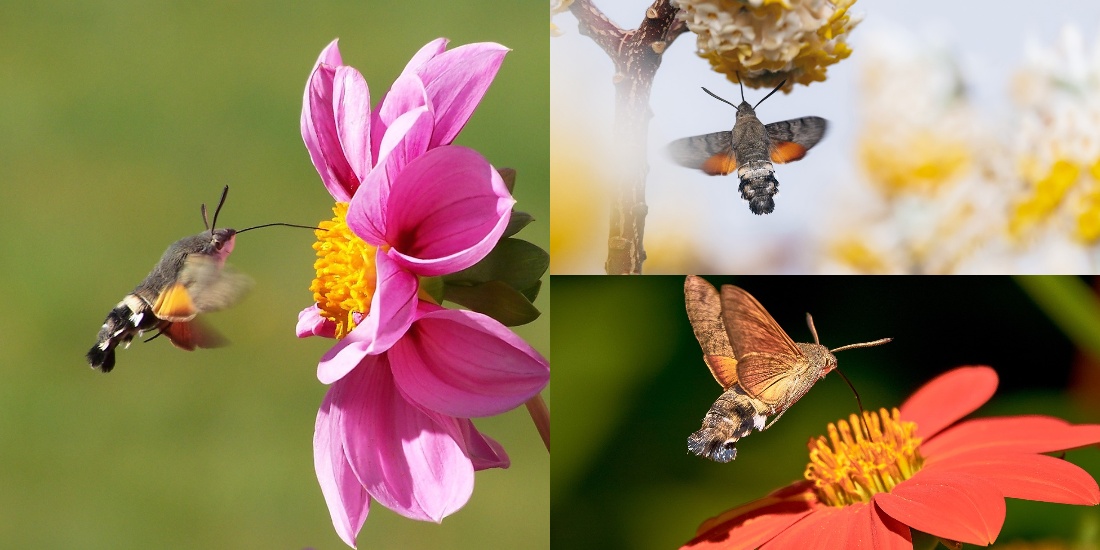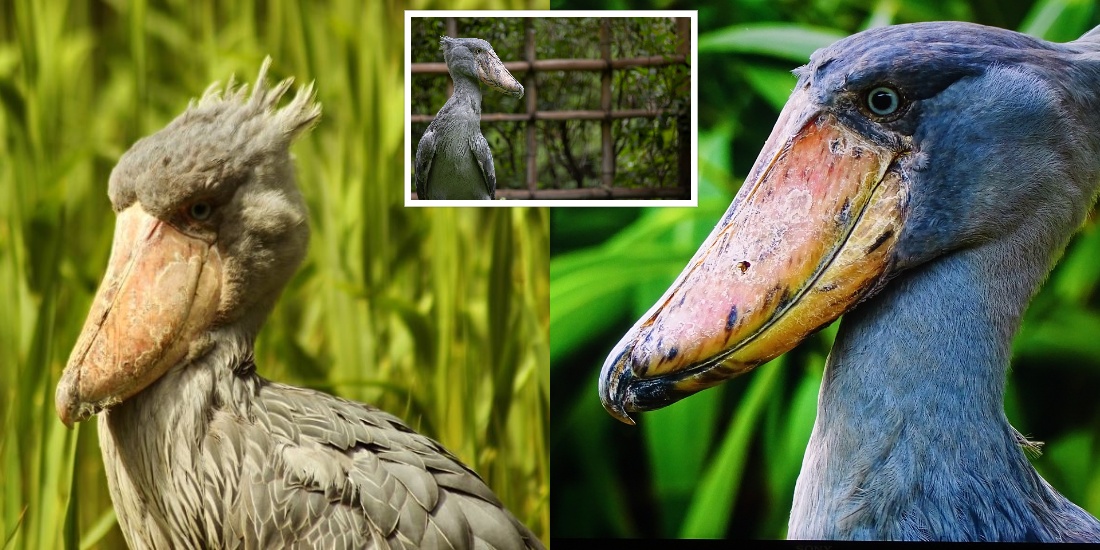Polar bears, frequently called “Kings of the Arctic”, are among the largest land bloodsuckers on Earth. These magnificent creatures are uniquely acclimated to survive in the extreme cold wave of the Arctic, a vast icy nature in the northern part of our earth.
One of the most remarkable features of polar bears is their thick fur and blubber. This isolation acts like a warm downtime fleece, helping them maintain their body temperature in freezing conditions. Their fur appears white, which helps them blend into the snowy geography as they hunt for seals, their primary source of food.
Polar bears are excellent swimmers and can cover long distances in icy waters. They hunt seals by patiently staying near breathing holes in the ice or breaking through the ice to pierce seal dens. This remarkable skill makes them impeccably suited for life in the Arctic.
Still, polar bears face significant challenges due to climate change. The Arctic is warming at an intimidating rate, causing the ice to melt more snappily. This means that polar bears must swim lesser distances to find food, leading to collapse and an advanced threat of starvation, especially for mothers and cubs.
Another concern is the presence of adulterants in the Arctic terrain, which can accumulate in seals, the polar bears’ primary prey. Consuming defiled prey can make polar bears sick, affecting their capability to survive and reproduce.
Efforts are underway to cover polar bears. Scientists are nearly covering their populations, and transnational agreements are in place to regulate conditioning in the Arctic to reduce disturbances to these magnificent creatures. also, there’s a global cause to reduce greenhouse gas emissions to alleviate climate change and save the polar bears’ icy niche.
In conclusion, polar bears aren’t just iconic symbols of the Arctic; they’re critical indicators of the health of our earth. By taking way to combat climate change and cover their niche, we can ensure that these magnificent creatures continue to bat the frozen champaign for generations to come.




